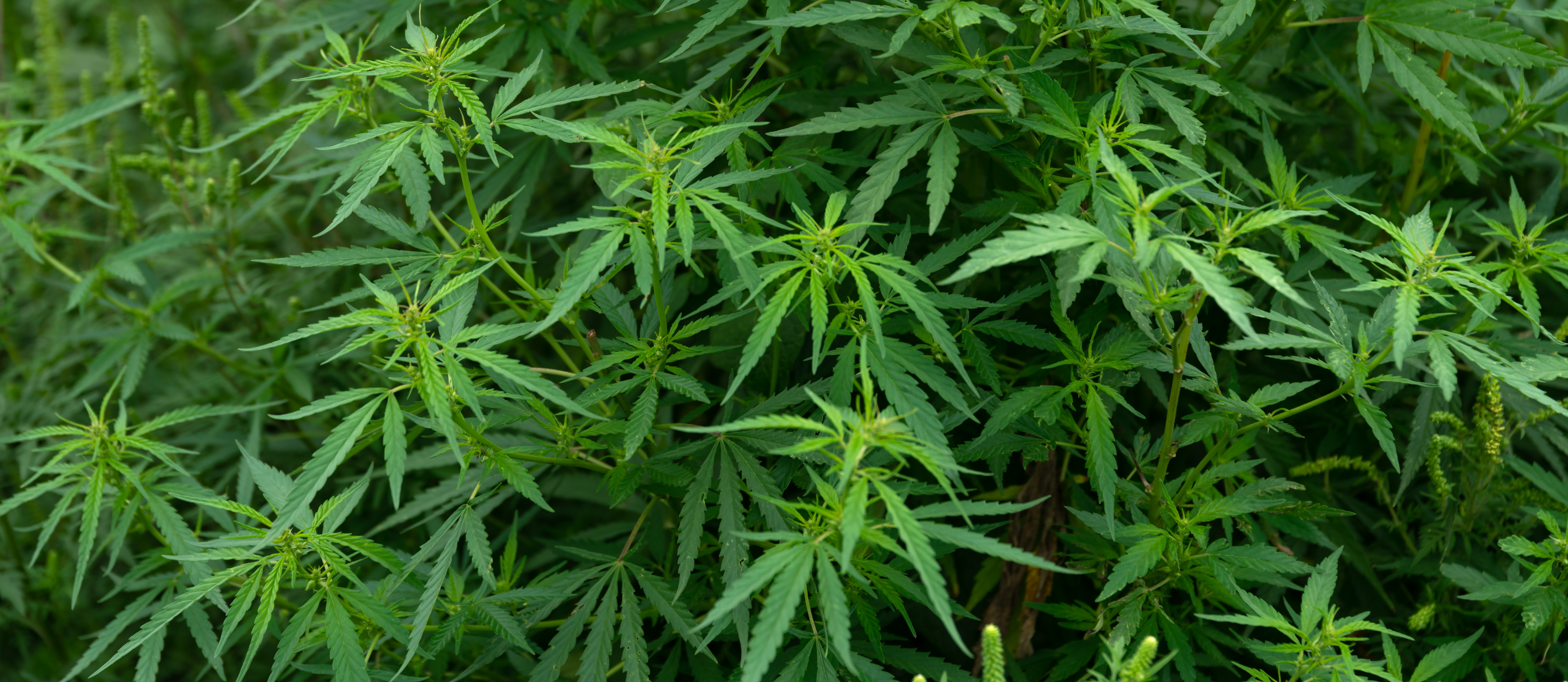Continued Declines in Hemp Profitability Mixed with Marginal Profit Potential for 2021
Continued Declines in Hemp Profitability Mixed with Marginal Profit Potential for 2021

According to the Kentucky Department of Agriculture, Kentucky started 2020 with 32,000 approved acres of hemp. Actual planted acres decreased by about 84% to 5,000 acres. This was also a decrease of about 81% compared to 2019 planted acres. Given the challenges that hemp producers and processors faced at the end of 2019, many were surprised (ourselves included) to see such a high number of approved acres for 2020. Realizing that Kentucky’s application process requires producers to apply the fall before, it is theorized that many producers proactively sought approval for 2020 while the 2019 crop continued to play out. Furthermore, in Kentucky, you have to hold a license to carryover hemp produced in 2019 into 2020. This, in combination with growers being optimistic about market improvement in 2020, artificially inflated approved acres significantly above planted acres. Had things improved, approved growers would have been positioned to participate again. In a relative sense, the cost to “sit on the fence” was minimal.
Many producers still have all or a significant portion of their 2019 crop and added to this with the 2020 crop. A piecemeal storage experiment is going on throughout the state as farmers test their patience with a crop with unknown best practices for storage. Some are storing raw floral material while others are contracting with processors to process material into crude oil. Visual quality is only one aspect of the dilemma. What is actually occurring chemically to the plant material is also not known. Are CBD levels and quality degrading? As of late, we have caught wind of small amounts of hemp biomass destined for essential oil production being sought by processors. However, not nearly the amount needed to significantly reduce current farm stores. In the state and the nation, we are still dealing with both oversupply, processing capacity issues, and demand issues. The supply will eventually be used up or destroyed because of quality denigration. Processing capacity will be a function of consumer demand and the overall market structure of hemp processors as this industry matures.
To help producers who are interested in hemp production, the University of Kentucky’s hemp budgets have been updated for 2021.[i] While many are familiar with all the disclosures and stringent warnings associated with hemp budgets, it still bears repeating them here. These budgets have been compiled with the best imperfect information that we have. Hemp is still in its infancy and does not have standardized production, storage practices, or marketing practices. Please use these budgets as a tool for determining cost and revenue line items that are present in all hemp production practices. These budgets are tools to help you brainstorm what your actual cost of production will be. While these statements hold true for any publicly available enterprise budget, they are especially true for hemp. In other words, do not take the actual costs present in the budgets and assume they are true for your operation. Doing so is ill-advised. Growing hemp without a contract that is enforceable is also ill-advised!
“Farming looks mighty easy when your plow is a pencil you’re a thousand miles from the cornfield.”-Dwight D Eisenhower.
After adjusting prices downward to reflect the current market conditions, CBD production under the tobacco model is still profitable. With the lower prices, the plasticulture production method no longer looks to be profitable showing negative returns above variable costs. While looking at the profitability of CBD production, we are reminded of the above Eisenhower quote. For hemp, we would alter his wisdom by saying something like “Hemp production looks mighty easy and profitable when your planter is your pencil and you have an enforceable contract.” We cannot overstate the importance of fully understanding the contract that you are signing. What happens if your processor goes bankrupt? Do you have a plan B? In next month’s Economic and Policy Update, we will share our thoughts on what considerations producers should examine in hemp contracts. Stay tuned!
Hemp grain and hemp fiber still show positive returns above variable costs (assuming application and license fees are spread over more than one acre). Just as the case with CBD production, in order for this to be truly profitable, you must have a reliable end market to move the product. It is ill-advised to simply grow hemp for grain or fiber and hope to find an end-user for it.
For 2021, it is expected that both approved and planted acres for hemp will continue to decline. Many producers and processors are still working through the biomass and/or processed crude oil from 2019 and 2020 growing seasons. Farmers without solid contracts or partnership agreements have been left without a market and have significant supplies on hand. Many processors either folded or have tried to salvage what they can of their business by bankruptcy restructures as investors fled. We have witnessed the invisible hand play out in a novel market. Is hemp dead? No, but we have had a resetting of the market expectations. However, many producers will be far more cautious going forwards. The same is true for processors with their investors. We continue to wait to see how the FDA is going to handle CBD regulation, waiting to see if CBD is approved for animal feeds and to see what happens with marijuana regulations. All of these will play a significant role in the long-term success of the hemp industry.
